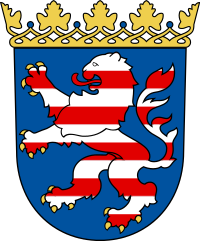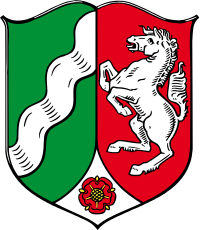Die nachfolgenden Inhalte stammen aus dem Operationellen Programm "URBACT III" (genehmigt am: 12.12.2014).
Kurzbeschreibung
The action supports cooperation and transfer and dissemination of knowledge on sustainable urban development between cities; especially to cities which are not part of the URBACT-network.
Förderziel
To ensure that practitioners and decision-makers at all levels (EU, national, regional and local) have increased access to URBACT thematic knowledge and share know-how on all aspects of sustainable urban development in order to improve urban policies.
Fördergegenstände
Daten-, Informationsgrundlagen, Information, Kommunikation, Beteiligung, Vernetzung, Kooperation, Wissenstransfer
Zuwendungsempfänger
The main beneficiaries are cities from EU 28 Member States, Norway and Switzerland.
Förderfähige Gebietskulisse
The URBACT III programme area consists of:
- EU 28 Member States.
- Norway and the Helvetic Confederation. Partners from Norway and from the Helvetic Confederation cannot make use of ERDF allocations, but can participate at their own cost.
- Instrument for Pre Accession (IPA) countries. Partners from IPA countries can participate in operations using IPA funding, without receiving ERDF co-financing
- Other countries. Partners from other countries, anywhere in the world, can participate with their own funding.
Art der Unterstützung
Non-repayable grant
Beschreibung
The programme will develop actions to consolidate and share knowledge on sustainable urban development (good practices, policy recommendations, etc.) so that it is widely used by relevant players in the field. More especially, the capitalisation and mainstreaming actions will also aim to
reach players beyond the URBACT beneficiaries: cities not involved in URBACT networks, as well as the different levels of government involved in urban development (regional, national, European).
The actions that can be supported under capitalisation and dissemination are the following (indicative list):
- Expertise to build and manage knowledge on sustainable urban development (clustering activity, studies, etc.).
- Website operating as a knowledge platform providing easy access to knowledge and know-how around thematic priorities, social media activities.
- Thematic publications such as newsletters, policy briefs, case studies, etc.
- Conferences, thematic events, seminars, workshops for city practitioners.
- URBACT National Points in charge of communicating on URBACT activities and disseminating URBACT results at national level in local language and operating as national platforms for dialogue, exchange and learning on sustainable urban development, involving the different levels of governance concerned (national, regional, local). This tool in URBACT III should be an enhanced version of the National Dissemination Points operating in URBACT II providing a wider range of services at national level, including translation and dissemination of results, organization of national seminars, support for capacity building activities, etc.
- Cooperation with other organizations (programmes, networks, etc.) operating in the area of sustainable urban development as well as on urban-rural linkages.
Zielgruppe
Players involved in urban policies (urban practitioners, policy-makers and decisionmakers) at all levels: EU, national, regional and local (e.g. national ministries; Managing authorities of Operational Programmes; European, national or regional networks/associations of local authorities; relevant European Programmes promoting sustainable urban development; urban authorities participating in the Urban Development Network, etc.).
Auswahlverfahren
The projects for the networking activities are selected through open and transparent calls for proposals. These calls for proposals will be promoted and advertised at European and at national level involving the National Points. This is followed by a two-phased application procedure, each with several stages. Information on the content to be provided will be detailed in the call for proposals. Each phase will include an eligibility check, and an assessment by the External Assessment Panel (EPA). Based on this information the Monitoring Committee will make a final decision.
Projektauswahlkriterien
Amongst others important Eligibility and Assessment criteria will be:
- Relevance to the Europe 2020-Strategy and the thematic objectives for the EU Cohesion Policy.
- Coherence of the proposed approach and of the methodology for exchange and learning activities.
- Quality of partnership and leadership.
- Budget.
These and possible other criteria will be detailed in the call for proposals.
Laufzeit
Start der Maßnahme: 01.01.2014
Ende der Maßnahme: 31.12.2023
















